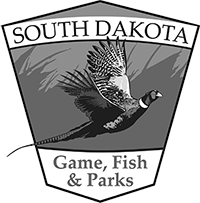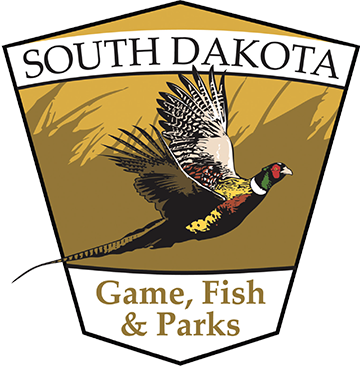Second Century Initiative
Pheasant hunting is a major economic engine for South Dakota and a significant contributor to tourism, our second largest industry. Each year, 81,000 non-resident hunters flock to our state for hunting season and spend more than $156 million in our restaurants, hotels, gift shops, and gas stations. That money makes a real difference for families and small businesses.
If we’re committed to this heritage and want to conserve our state’s outdoor legacy, we need to proactively enhance habitat. We must be intentional about sustaining our wildlands and grasslands to ensure the second century of our great outdoors is just as successful as the first.
Governor Noem’s Second Century Initiative is a strategy to increase resources for habitat management. As part of this plan, a $1 million state investment was implemented to expand habitat and pheasant hunting opportunities. The Legislature approved this bill so that these dollars can be used to leverage additional funds from private donations and federal conservation programs.
Additionally, on April 1, 2019, the South Dakota Game, Fish and Parks launched the nest predator bounty program to help increase education, awareness and the activity of trapping while getting youth and families outside. While the nest predator bounty program was new, trapping predators during the prime nesting season (April – June) has been practiced in South Dakota for decades.
Hunt for Habitat taps into how we can help raise money to fund habitat efforts across South Dakota. This program will include an auction tag and raffle licenses. Check out where this money goes here.
A crowdsourcing effort for habitat solutions launched in February 2019 and sparked a conversation that led to over 750 emails and an online dialogue that had over 300 group members thinking, talking, and exploring habitat solutions. See the results of this effort here.
The Second Century Initiative is about families, introducing kids to the adventure of the outdoors, and conserving our outdoor culture for the next generation. Let’s enhance habitat and work together to strengthen the next 100 years of our outdoor traditions.

